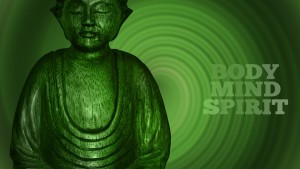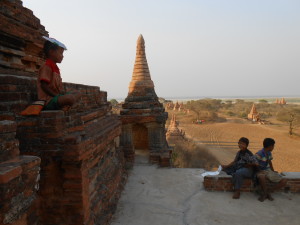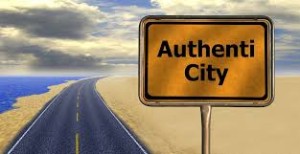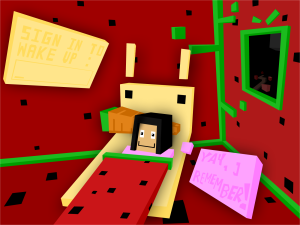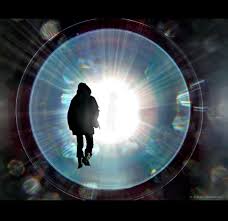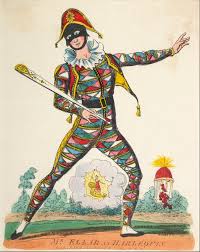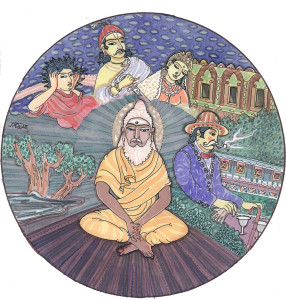
I had just left an eight-week silent meditation retreat in Lumbini, Nepal and was sitting patiently in a local shop with a Nepali man named Jupiter. He was halfway chatting with me, halfway filling out my bus ticket to Varanasi, India. Midway through, he paused and looked at me with a curious glance before asking, “are you always like this?”
I smiled, a little confused, thinking maybe he was referring to the large beard I had grown in two months of no shaving; I said, “do you mean my beard?”
“No, I mean how peaceful you are.”
“Oh…. Well, I’m generally a pretty tranquil guy, but I just got out of a meditation retreat, so probably more than usual.”
By the end of the night, I was on a horse carriage riding through the streets of Varanasi, a twinge of novelty in my eyes while roaring with laugher over the chaos of Indian nights—the horns and lights and street dogs and glitter-like colors in every which direction. Continue reading

